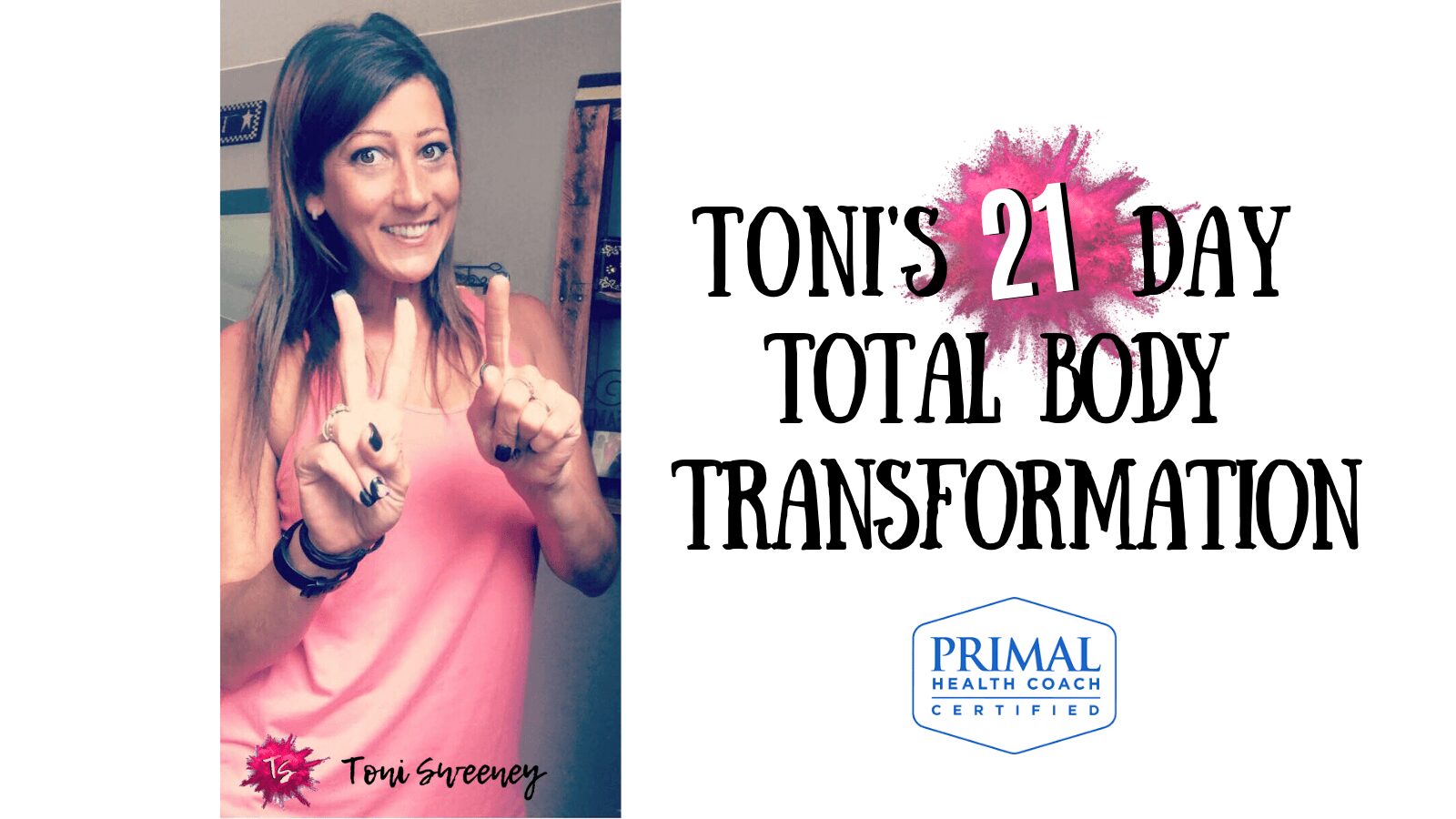Increase Fat Burning During Ketosis?
Ketosis is also known as the body’s process for generating energy by producing ketones when insufficient carbohydrates are available in the diet. In other words, a low-carb diet is called ketogenic because it forces the body to use fat for energy. Ketosis is a very effective means of burning fat, but there are certain techniques for increasing fat-burning through exercise and nutrition. How many carbs should you eat per day? When is the best time to eat them? What kinds of carbs are best? And what natural supplements prevent muscle loss caused by extreme ketogenic diets? Follow a few basic rules to answer these questions and achieve your fat-burning goals.
Step 1 for Ketosis
Take in 30 to 50 g of carbohydrates per day, depending on your individual metabolism. Typically, this carb-depletion phase lasts five days and is followed by two days of carb-loading. For example, having 100 to 200 g of carbs per day for two days. This carb-cycling strategy helps to prevent dieting plateaus in which the body stops burning fat in response to what it perceives as starvation.
Step 2 for ketosis
Stack your carbohydrates around your workouts. Carbs are needed for two reasons: muscle recovery and energy. One good strategy is to take in half of your carbs before your workout and the other half after. Some people choose to take all of them before or after. Either way, taking in your carbohydrates in the morning will allow the body to switch into ketosis during the day, burning more fat.
Step 3 for ketosis
Limit resistance training workouts to 60 minutes to control cortisol levels. The stress hormone cortisol, part of the fight-or-flight response, slows down fat-burning and metabolizes muscle tissue. After about an hour of training, muscle-building hormones plummet, and cortisol increases significantly. Sometimes, training harder is not better. Training optimally is best. If you do train for more than 60 minutes, Blackout will fight the rising cortisol levels. Take 2 Blackout 30 minutes before bed.
Step 4
Do 30 to 60 minutes of low-intensity cardio immediately following your resistance training workout. Fitness author Jeff Anderson recommends this “super cardio” because it burns body fat almost exclusively, sparing precious muscle tissue. High-intensity cardio has its place in a ketogenic diet, but it should be treated more like a resistance training workout in terms of pre- and post-workout nutrition.
Step 5 for ketosis
Replace some of the calories cut by avoiding carbohydrates with MCT, or medium-chain triglyceride oil. These are saturated fats (from coconuts) that can be used by the body as a source of energy, and they are thermogenic in nature, meaning they increase fat-burning. Try taking 1 tbsp. before and after workouts and/or every two or three hours throughout the day.
LIKE THIS ARTICLE?
Toni Sweeney is a Triple Certified Ketogenic Diet and Primal Health Coach and weight loss expert who personally lost 80 pounds while making a total lifestyle change. The founder of TS Transformations, her formulas and plans has helped thousands of women lose weight and keep it off forever.
